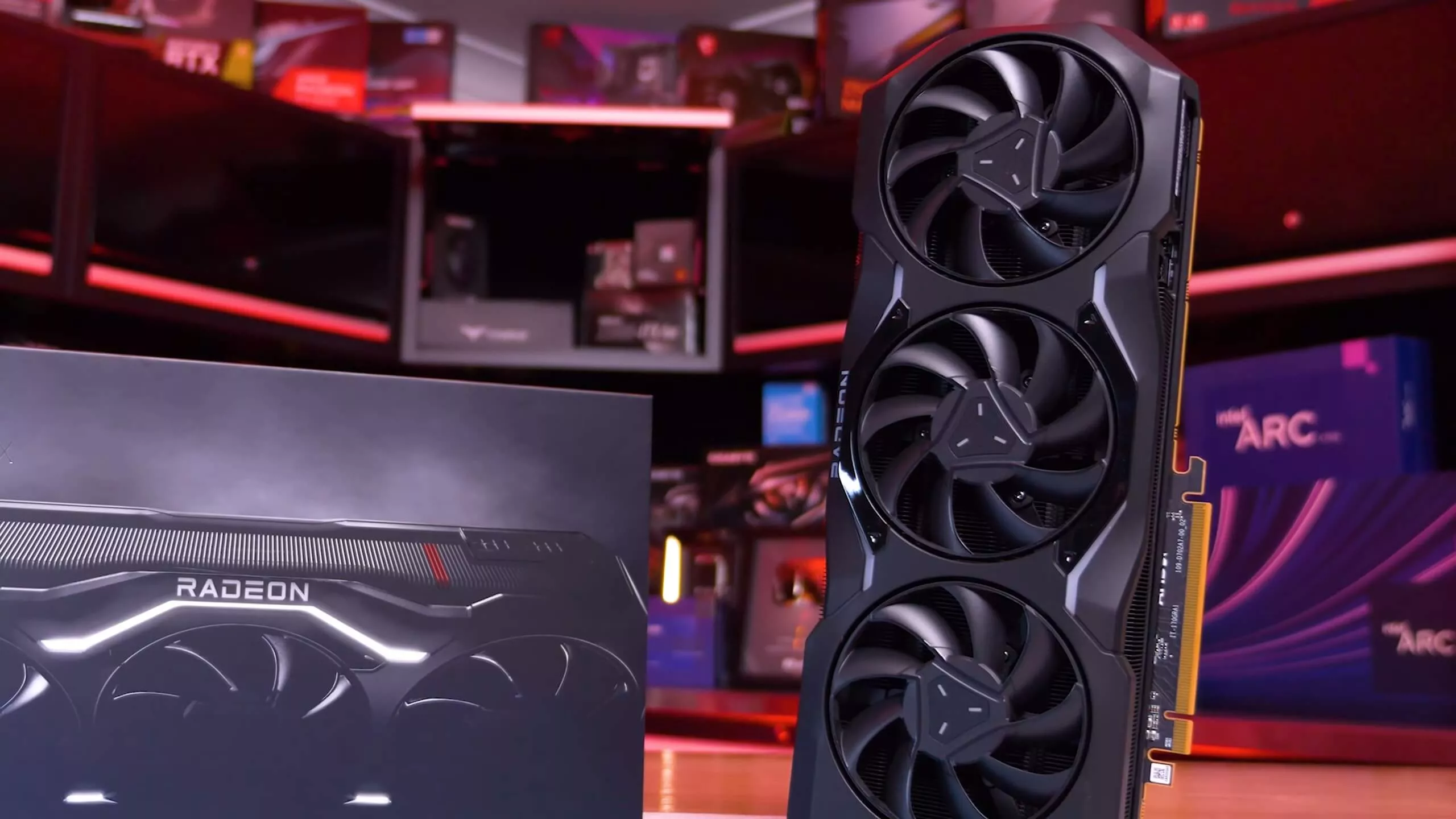Forward-looking: Chipmakers are increasingly focused on dividing complex chip designs across several smaller “chiplets.” AMD leads this movement, having already leveraged multi-chiplet architectures for its CPUs and data center GPUs. Even AMD’s latest RDNA 3 PC graphics cards incorporate basic chiplets. However, a recent patent filing indicates that these designs have yet to achieve their full potential.
The December 2022 patent describes a GPU design split across multiple GPU chiplet sets. Each chiplet includes a frontend die paired with several other shader-engine dies. The innovative aspect lies in these GPU chiplets’ ability to combine flexibly in various configurations.
For instance, chiplet sets can collaborate as a single, unified GPU, functioning like a traditional monolithic GPU. Alternatively, AMD can divide the sets into separate groups, each acting as an independent GPU. There’s also a hybrid mode where some chiplet sets behave as a unified GPU, while others operate independently.
This modular GPU design offers numerous advantages. Firstly, it permits scaling up or down of GPU resources and performance based on product requirements or operating modes.

“By dividing the GPU into multiple GPU chiplets, the processing system flexibly and cost-effectively configures an amount of active GPU physical resources based on an operating mode. In addition, a configurable number of GPU chiplets are assembled into a single GPU, such that multiple different GPUs having different numbers of GPU chiplets can be assembled using a small number of tape-outs and a multiple-die GPU can be constructed out of GPU chiplets that implement varying generations of technology.”
This chiplet design can also offer cost advantages by utilizing different dies produced on a variety of process nodes. Only the critical components, like shader cores, need to be fabricated on expensive, cutting-edge process technologies. The supporting frontend logic can be built on less costly, older silicon.
Of course, AMD has already adopted basic versions of this chiplet approach for their current RDNA 3 GPUs. However, these are relatively simple designs using two chiplet types – a primary GPU die and memory cache dies. Rumors suggest that Nvidia is working on chiplets for the compute GPUs in its upcoming GeForce RTX 5000 series.
Nevertheless, the patent aims to advance this by enabling various chiplet combinations and configurations. It’s unclear when or if this patent will become a reality—not all patents do. Still, this aligns with industry trends leaning towards disaggregated chip designs. Red Team has experimented with other unique chiplet concepts, including a newer patent filed in August 2023 that describes a multi-die GPU design devoid of a central processor coordinating the chiplets.




